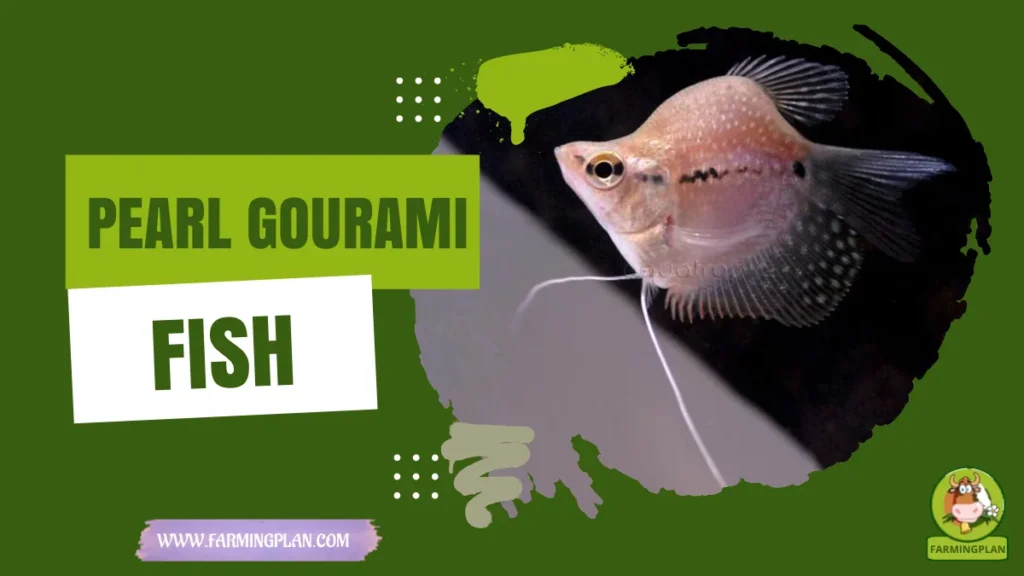Saltwater fish are fish that spend a few or the greater part of their lives in saltwater, for example, seas or salt lakes. The first fish dates back 600 to 500 million years ago when fish were the main vertebrates that appeared. They passed an evolutionary process by the different geological eras, that happened to convert simple larvae into the species that we have today.
They evolved, and that is why today we see so many varieties of species with different aspects that adapt or possess certain particular characteristics. Saltwater fish are a type of sea animal that lives in Saltwater. Saltwater fish are widely kept in aquariums for entertainment, and many saltwater fish are also caught to be eaten or grown in aquaculture. Saltwater Fish can swim and live alone or together in a large group called a school.

Characteristics Details of Saltwater Fish
Saltwater fishes inhabit seas and oceans where a high degree of salinity is concentrated. Fish living in these habitats lose large amounts of body fluids through osmosis through their gills, as opposed to the habitat of their siblings the outer salinity is much greater than that of their organism.
Recovery from fluids is possible because they drink salt water to maintain their body balance. In the case of aquarium saltwater fish, we can find Damsels, clownfish, gobies fish, fish surgeons, lionfish, angelfish and butterflyfish.
Damsels
Damsels are a perfect choice for beginners in the saltwater aquarium. These are solitary fish that are around 7 centimetres long and resist certain changes in the environment. Of course, damsels are somewhat aggressive among them especially with timid fish, for this reason, it is essential to use a large aquarium.
Clown
Like Damsels, the famous clownfish is quite resistant to some changes in the middle although acclimatizing them is a more delicate task. This deep-salt saltwater fish lives on coral reefs protected by anemones and offers them a “cleaning” service as it eliminates bacteria from their mouths regularly. This strange friendship highlights the tranquillity of the clownfish except for other clownfish, with whom it can become aggressive.
Goblins
There are over 2,000 species of goby and are ideal for beginners as they are small, measuring about 10 centimetres, and we can find them in different shapes and colors. They live in small communities. In some cases we find cleaning gobies, they feed on the parasites of other fish. In other cases, we can speak of symbiotic fish that act as defending crustaceans that provide shelter and food.
Emperor Angelfish
The emperor angelfish needs an experienced owner in the saltwater aquarium though it is certainly one of the most beautiful and coveted specimens. They usually do not reach 30 centimetres. It is a solitary fish that adapts to life in captivity and well-taken care can reach 10 years of life. Requires a medium-large aquarium and you will need decoration and rocks where you can move freely.
Blue shadow surgeonfish
The blue shadow surgeonfish is another specimen that fish lovers admire for its particular color. They are large, and usually measure about 40 centimetres, for this reason, require a large size. Like the angelfish, the blue shadow surgeonfish is solitary and lives on reefs. Its maintenance is demanding as it requires a stable medium and intense lighting, so you will need an experienced owner to survive.
Food
Saltwater fish require much more iodine and other minerals than freshwater fish. This will strengthen your immune system and prevent deficiencies. All varieties of fish feed must contain particularly low amounts of phosphates.
As well as an energy-rich liquid food that is based on plankton. The staple food should contain iodine and other seaweed minerals, krill, and plankton. As well as other valuable components such as mosquito larvae, daphnia, and shrimp Artemia.
Usage
Saltwater fish are divided into several groups, some groups are edible and from them can be taken vitamins and different products for food. Some species serve as industrial products, including caviar and animal feed. Others are used to having them as pets, others to be shown in exhibitions or aquariums.
Care
Temperature is a very important factor for most saltwater fish. The temperature should be in the range between 15 and 26ºC.
Special Feature
Whales, jellyfish, and starfish, for example, are not fish. Fish have gills or gills used to breathe the air. They have an aerodynamic body and fins that are suitable for swimming. They are vertebrates “animals with a vertebral column”. Finally, most have scales for their protection. Sharks, salmon, stingrays, and sailfish are examples of fish. Whales are not fish because they are mammals – whale mothers produce milk to feed their babies. Jellyfish and starfish are not fish because they have no spine.
Conclusion
If you are looking for a saltwater fish to add to your home aquarium, or simply interested in learning more about the fascinating creatures of the deep sea, this guide should have helped you. We hope it has given you some insight into these amazing animals and their lifestyle so that they can live up to their name-saltwater fishes!
As A References: Wikipedia


